Must Have Apps for Restaurant Owners Key Takeaways:
- Core categories to streamline your restaurant include: POS systems, inventory management, reservations, and employee scheduling—choose apps that cut down on double entry and tedious reconciliation work.
- Proven POS systems—Toast POS, Square for Restaurants—feature broad device compatibility, advanced reporting, and strong integrations (not just the basics).
- Reservation apps such as OpenTable or Resy can automate guest lists and tables, plus connect to your POS for live updates—no more guessing who's next in line.
- Staff scheduling apps (think 7shifts or Sling) reduce texting chaos, allow easy shift swaps, and boost accountability—your managers will thank you.
Restaurant operations throw plenty of curveballs—from tracking reservations to managing inventory and keeping up with employees. Without clever tools, daily hassles pile up fast, leading to headaches, staff turnover and missed profit opportunities. Running disconnected apps (or spreadsheets) isn’t rare—plenty of owners are in the same boat.
The good news? Today’s restaurant apps play nicely together, reducing manual chores and letting you focus on the customer experience. Below, check out essential app categories and top-rated picks—these have been field-tested by independent owners just like you—designed to give your business a leg up in a tough market.
Top Categories of Apps Every Restaurant Owner Needs
Running a modern restaurant means tech can make all the difference. Key app categories simplify workflows, cut down training time, and help you (and your staff) meet goals—without clunky tech or frustrating onboarding:
- POS Systems: The nerve center for taking payments, tracking orders, and total sales—make sure it works from anywhere, whether you’re at the bar, on the patio, or home on your iPad.
- Reservation and table management: Control bookings, seat guests smartly, and dodge the overbooking trap. Choose apps that sync seamlessly with your sales system.
- Inventory management: Track your inventory, reduce food waste, and stay ahead of low stock. Smart apps plug into sales data—if eggs run out mid-brunch, you’ll know well before a guest does.
- Employee scheduling and management: Juggle shifts, payroll, and last-minute changes, all while keeping your people happy (and off text chains).
- Marketing and loyalty programs: Attract guests, encourage repeat visits, and reward VIPs. Pick tools that pull guest info right from your POS—ditch the retyping.
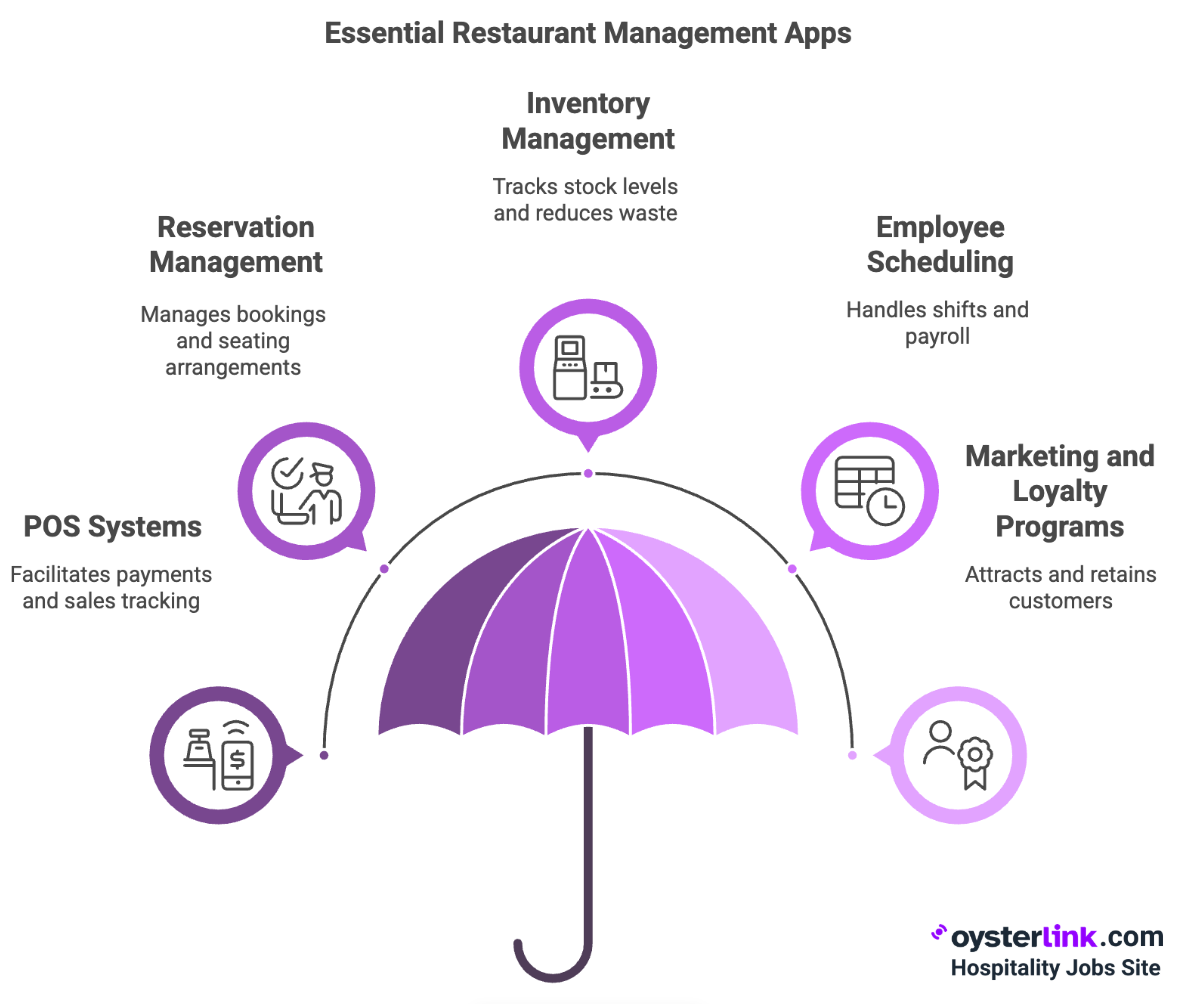
Point of Sale (POS) Systems
You really can't run a restaurant without a solid POS. They’ll take payments, track your sales, manage labor, and tie in with inventory or staff apps. If your POS app runs on both your main terminals and your mobile devices, you’re set—relying only on one or the other is risky.
The standouts: Toast POS (reliable, easy to use at the table, 24/7 help), Square for Restaurants (great value for mobile or pop-up concepts), and TouchBistro (good for food/drink with tons of device flexibility). Features like split checks, easy printing, app integrations and loyalty modules are more standard now—plus, most don’t take much time to learn.
Ask to see a live demo of how your POS connects directly with inventory and scheduling apps. Saving even two hours of double entry a week means more time for the floor.
Reservation and Table Management Apps
Keeping a tight handle on table turns can mean the difference between a packed house or waiting customers leaving. Reservation apps help, syncing bookings and walk-in seating with your POS, so you don’t go over capacity.
Major players like OpenTable, Resy, and Tablein deliver automated scheduling, live table updates, and guest messaging—handy for tracking regulars, special requests, or allergy notes on the fly.
Pick systems that make walk-ins and bookings simple for your host team to balance—even if everyone’s slammed on a Saturday night.
Inventory Management Apps
There’s no way around it: running out of product—or over-ordering and tossing inventory—is expensive. Manual lists only go so far, especially as you add menu items or switch suppliers. Missed an order deadline during a lunch rush? Automated inventory alerts become essential.
Favorites like Upserve Inventory, MarketMan, and SimpleOrder tie into your POS, showing live dashboards, auto-updating inventory totals and letting you reorder from the phone. Smart alerts will warn you before you hit “crisis mode”—no more mid-week wine runs.
Quick ROI Check: Pick a solution that lets you run exportable reports in seconds — these are gold for review meetings (and easy to print when the bookkeeper asks). If you're trying to reduce food waste in restaurants, these apps can be invaluable.
Employee Scheduling and Management Apps
Schedules change constantly, and if you’re still using spreadsheets or texting group threads, it gets messy fast. Scheduling apps take care of quick swaps and notify the right staff instantly, all while tracking who’s actually on the clock.
Try 7shifts (restaurant-focused, mobile shift swaps), Sling (combines scheduling with team messaging), or HotSchedules (top-notch reports and simple payroll export). With the right scheduling app, everyone can instantly view the latest schedule, request time off, or claim open shifts from their phone—saving managers hours each week and eliminating the chaos of last-minute shift changes.
Search for tools that startup quickly; if staff can get trained and swap shifts on day one, you’ll get value right away. Consider reviewing this training checklist for restaurant managers to streamline adoption.
Marketing and Loyalty Program Apps
Most restaurants need more than just good food to bring people back—they want to feel remembered. Loyalty and marketing apps help you recognize guests with targeted offers, not just automailers.
Solutions like Belly, FiveStars, UpMenu and Thanx provide customizable loyalty, automated email/text offers, and track what really works. Reporting is straightforward; you’ll see what brings folks back, so you can adjust with confidence.
Quick guest sign-ups at the table = more loyalty members, fewer missed opportunities for feedback or future visits. For more strategies on re-engaging your guests and keeping your business thriving, check out customer loyalty secrets for restaurants.
How to Choose the Right Apps for Your Restaurant
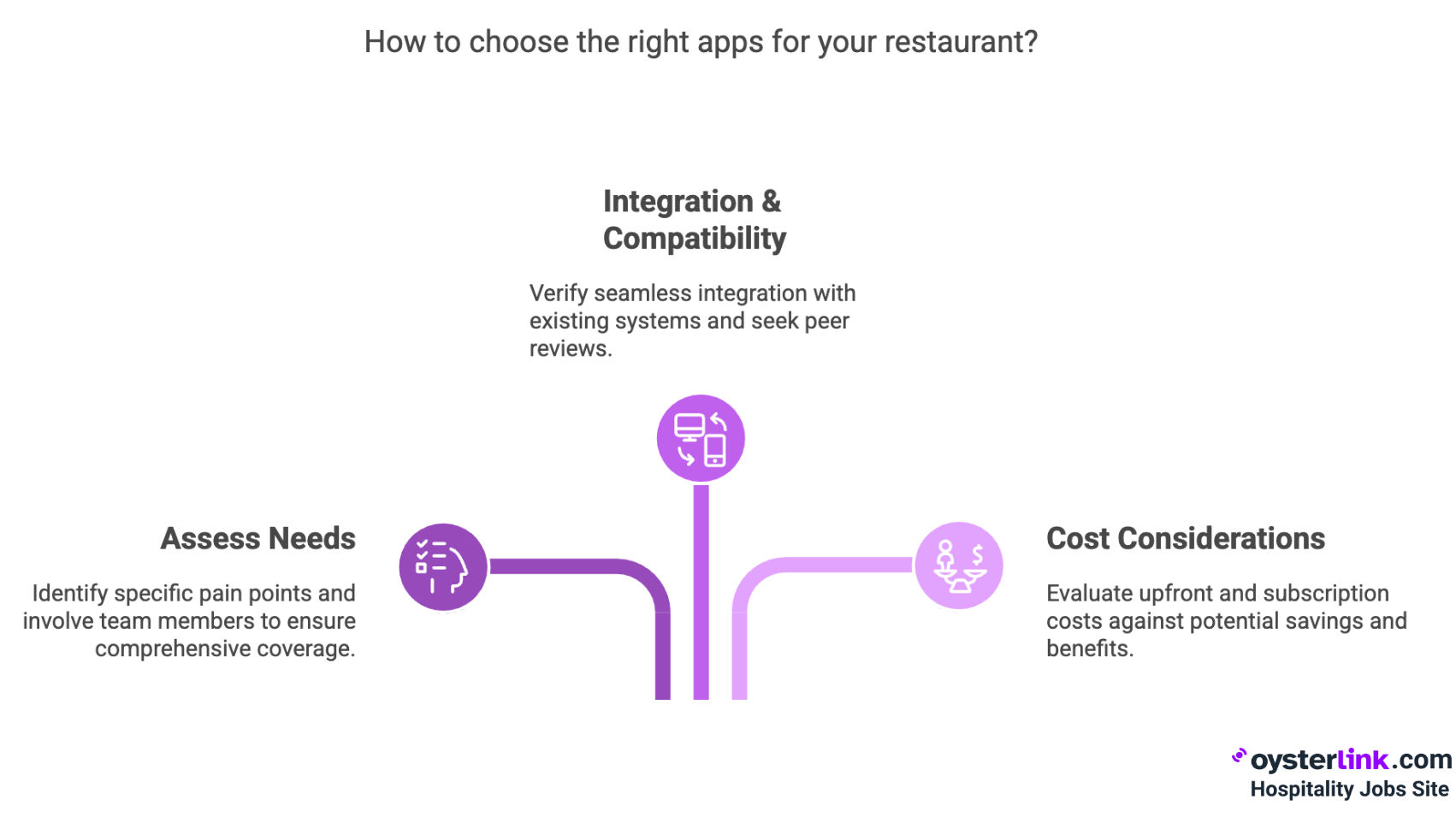
With endless options, focus on what works for your size, team, and service—not just what’s “trending.” Make integration with your existing tech and positive peer reviews your first checkpoint.
And don’t forget, responsive US-based support or at least access to self-help matters—a lot. Nobody needs to wait hours for answers when you’re in the dinner rush.
Assessing Your Restaurant’s Specific Needs
Get real about what chews up your day. Does inventory haunt you, or are schedules causing headaches? Loop in kitchen and FOH leads—they’ll pick up on app red flags or bonuses you might overlook.
Use a basic checklist for core pain points (like too much POS/payroll overlap, last-second shift trades, or loyalty deals falling flat). Map these against what vendors offer, and always—always—run a trial during an actual shift to see what works under real pressure.
If your pain point is finding and training great staff, here’s a comprehensive guide on finding the best staff for your restaurant.
Integration and Compatibility
Never assume your shiny new app will “just work.” Ask up front if it auto-syncs with your POS, accounting, and online ordering tools. Top vendors should demo the connections for you.
Insist on open APIs and talk to peers who have tried the software. A quick post in your local owners’ Facebook group can save hours of frustration.
You may also want to read about restaurant automation tools and trends to stay ahead.
Cost Considerations for Restaurant Apps
Expect a mix of upfront and subscription costs. Many let you try before you buy—just remember that saving even an hour of admin time each week can pay off fast.
Compare labor saved, mistakes avoided, and even happier guests against costs. Don’t just look at the price tag—printing out “before and after” reports helps partners see the difference. For a more detailed outlook, visit our restaurant manager salary guide to assess overall budget impacts.
Benefits of Using Apps in Restaurant Management
- Operational efficiency: Automates the everyday busywork, giving you back precious hours.
- Enhanced customer service: Makes orders, seating, and guest responses much faster. Less waiting = happier guests (and bigger tips, by the way).
- Accurate data tracking: Lets you see sales, staff, and inventory numbers instantly, on any device—even when you’re away.
- Informed decisions: Spot trends and problems early with exportable reports—share them with your managers or accountant in a snap.
- Better communication: Keeps everyone—from servers to cooks—in sync. Less texting, more doing.
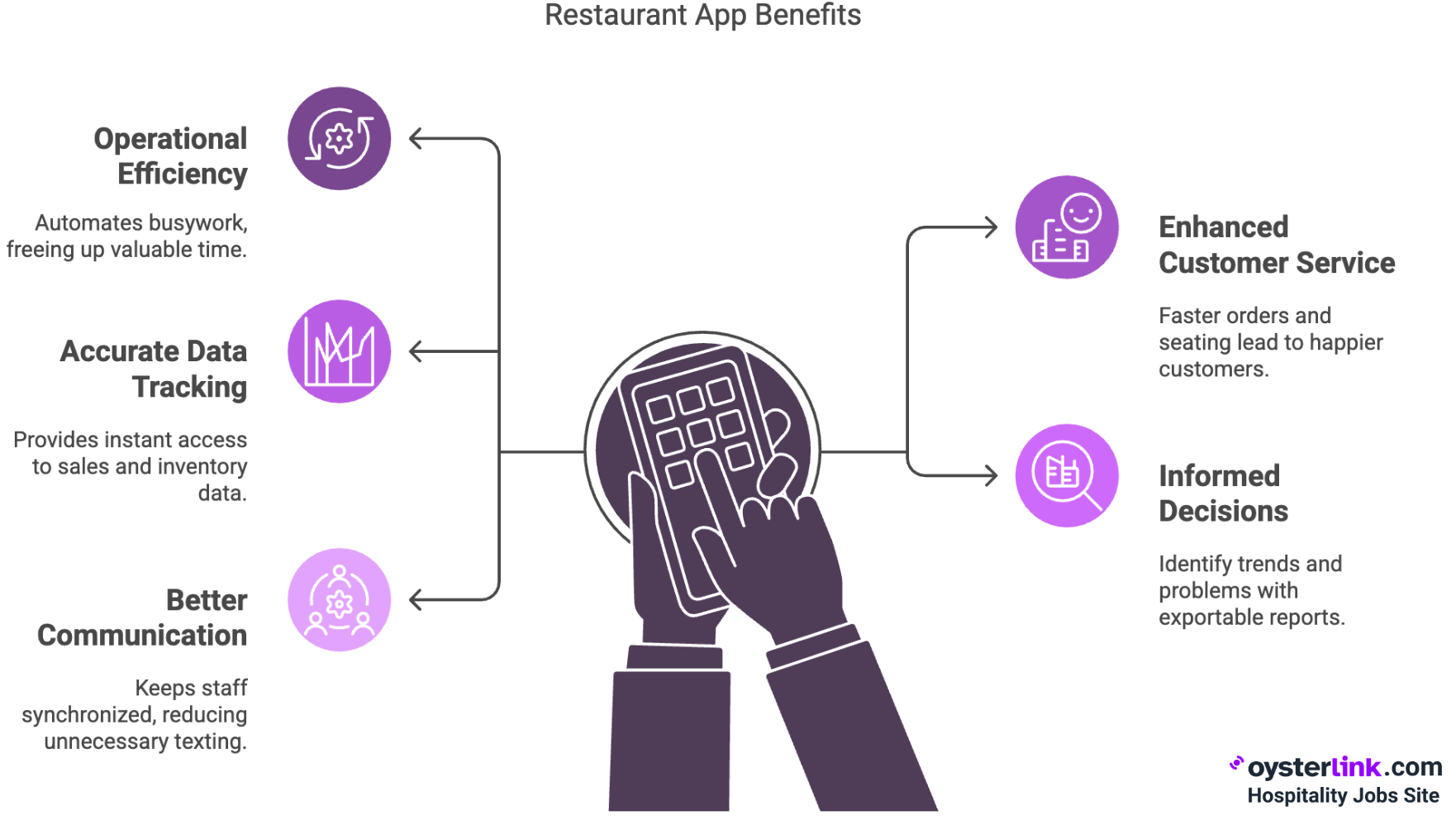
Real-World Tips: What Successful Peer Owners Do
- Test before rollout: Schedule live demos. Even better: organize a trial run on your busiest night and see how it goes (expect some hiccups!).
- Seek real feedback: Call or text nearby owners, or post in Facebook groups—personal stories are often more helpful than polished reviews.
- Screenshot savings: Compare sales and labor sheets before switching apps and after. A picture is worth, well, a better bonus for your GM.
- Build a feature wish list: Keep a “missing features” note on your phone. Bring it up during vendor calls—sometimes small ideas become big wins in the next update.
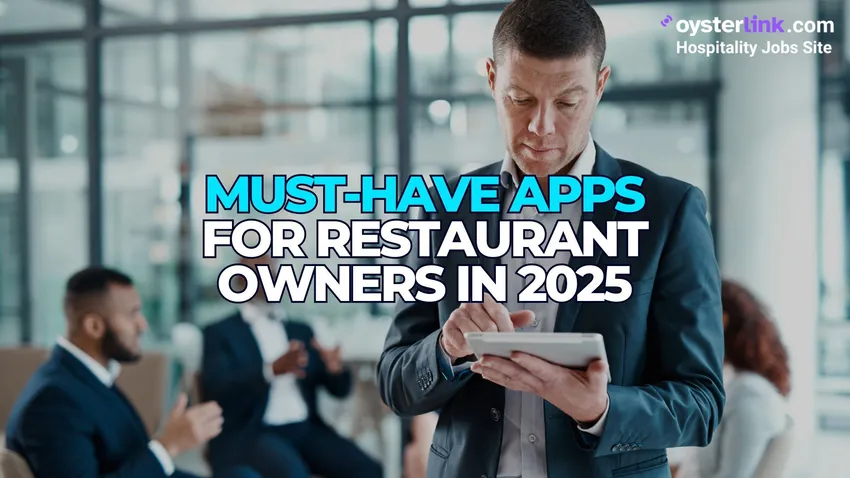

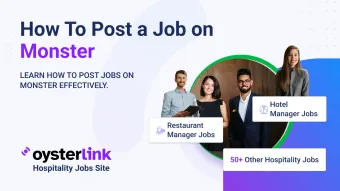
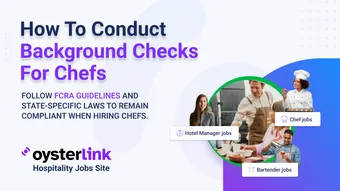
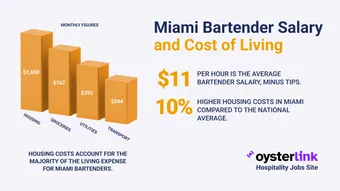


Loading comments...